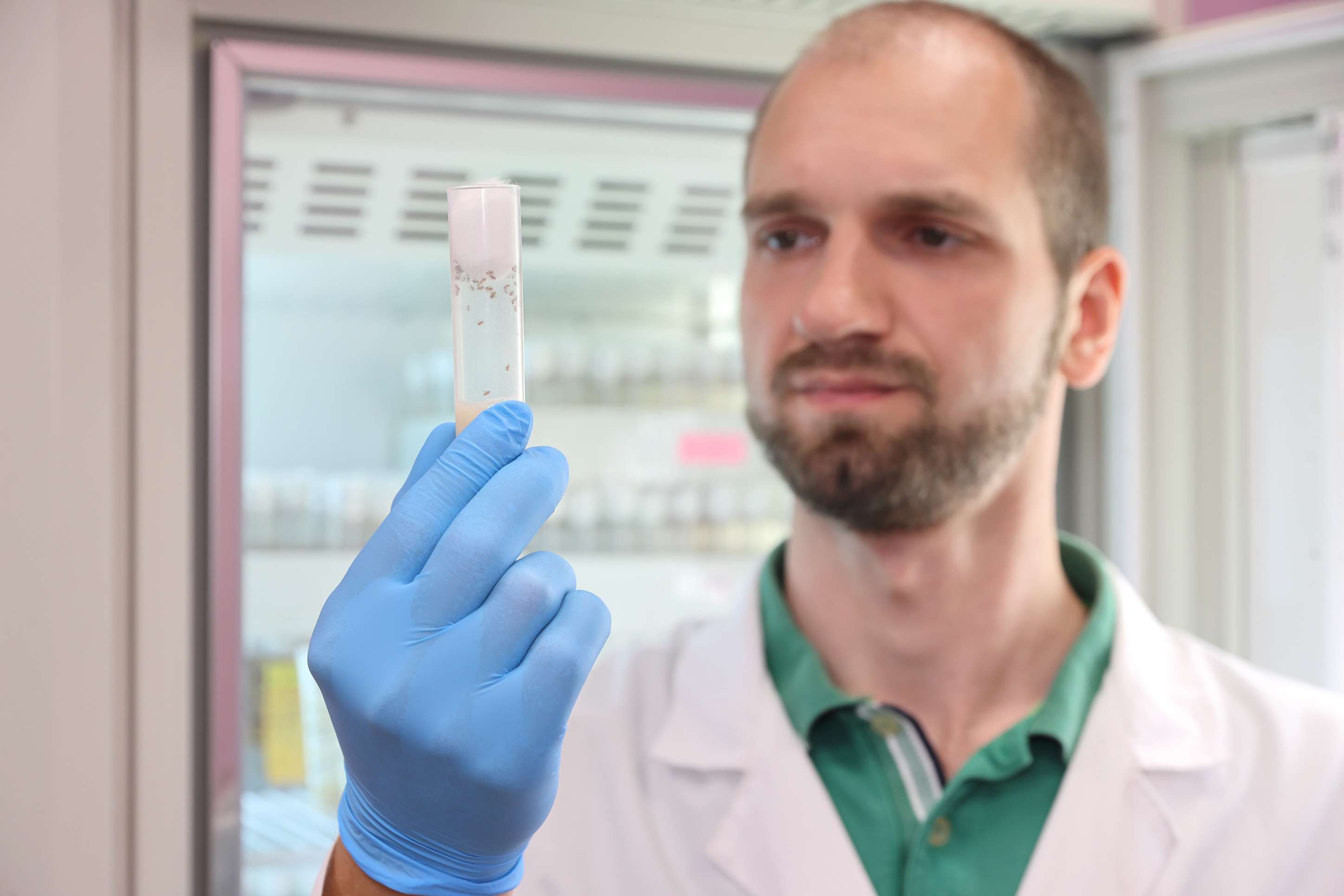A number of species of radioresistant fungi have been isolated in the vicinity of the IBR-2 reactor and are currently maintained in the laboratory as pure cultures. We are interested in the molecular mechanisms underlying their radioresistance. However, to solve this problem, we first need to obtain high-quality genomes of each fungal species. We would like to challenge student to assemble fungal genomes from long-read Oxford Nanopore Technologies (ONT) data.
Tasks
Review the literature on best practices for de novo eukaryotic/fungal genome assembly and implementation of these pipelines on a computing cluster.
Installing a huge amount of different software for assembly, alignment, polishing and quality assessment, comparing them with each other and adjusting software parameters to obtain the best assemblies. Possible caveats: presence of contaminating sequences of bacterial/viral origin, presence of mitochondrial DNA, heterozygosity or polyploid nature of fungal genomes.
(If time permits) Determine the phylogeny of the assembled genomes and compare them with wild-type genomes of the same species (if available in public databases).
After successful completion of this remote task we can invite the student to participate in this project in person.
If any part of the work completed by the student is ever published, the student will be listed among the authors.
Preliminary schedule by topics/tasks
There is no specific schedule, but we would like to meet via Zoom conferences two to three times a week to provide assistance and discuss progress.
Required skills
This task requires high level of autonomy and self-reliance from the student.
Convenience with Unix command-line, managing environments with conda, ability to connect to computing cluster via ssh, knowledge of English, basic knowledge about genes, genomes and DNA.
Acquired skills and experience
Experience in the field of genome assembly: from knowledge of algorithms to familiarity with particular software implementations.
Recommended literature
General overview manuscripts to get the idea of what genome assembly is about:
Dominguez Del Angel V, Hjerde E, Sterck L, Capella-Gutierrez S, Notredame C, Vinnere Pettersson O, et al. Ten steps to get started in Genome Assembly and Annotation. F1000Res. 2018;7. doi:10.12688/f1000research.13598.1
Jung H, Ventura T, Chung JS, Kim W-J, Nam B-H, Kong HJ, et al. Twelve quick steps for genome assembly and annotation in the classroom. PLoS Comput Biol. 2020;16: e1008325.
Cosma B-M, Shirali Hossein Zade R, Jordan EN, van Lent P, Peng C, Pillay S, et al. Evaluating long-read de novo assembly tools for eukaryotic genomes: insights and considerations. Gigascience. 2022;12. doi:10.1093/gigascience/giad100
Example of manuscript with evaluation of different approaches for particular fungal genomes assembly:
Sigova EA, Pushkova EN, Rozhmina TA, Kudryavtseva LP, Zhuchenko AA, Novakovskiy RO, et al. Assembling quality genomes of flax fungal pathogens from Oxford Nanopore Technologies data. J Fungi (Basel). 2023;9. doi:10.3390/jof9030301


